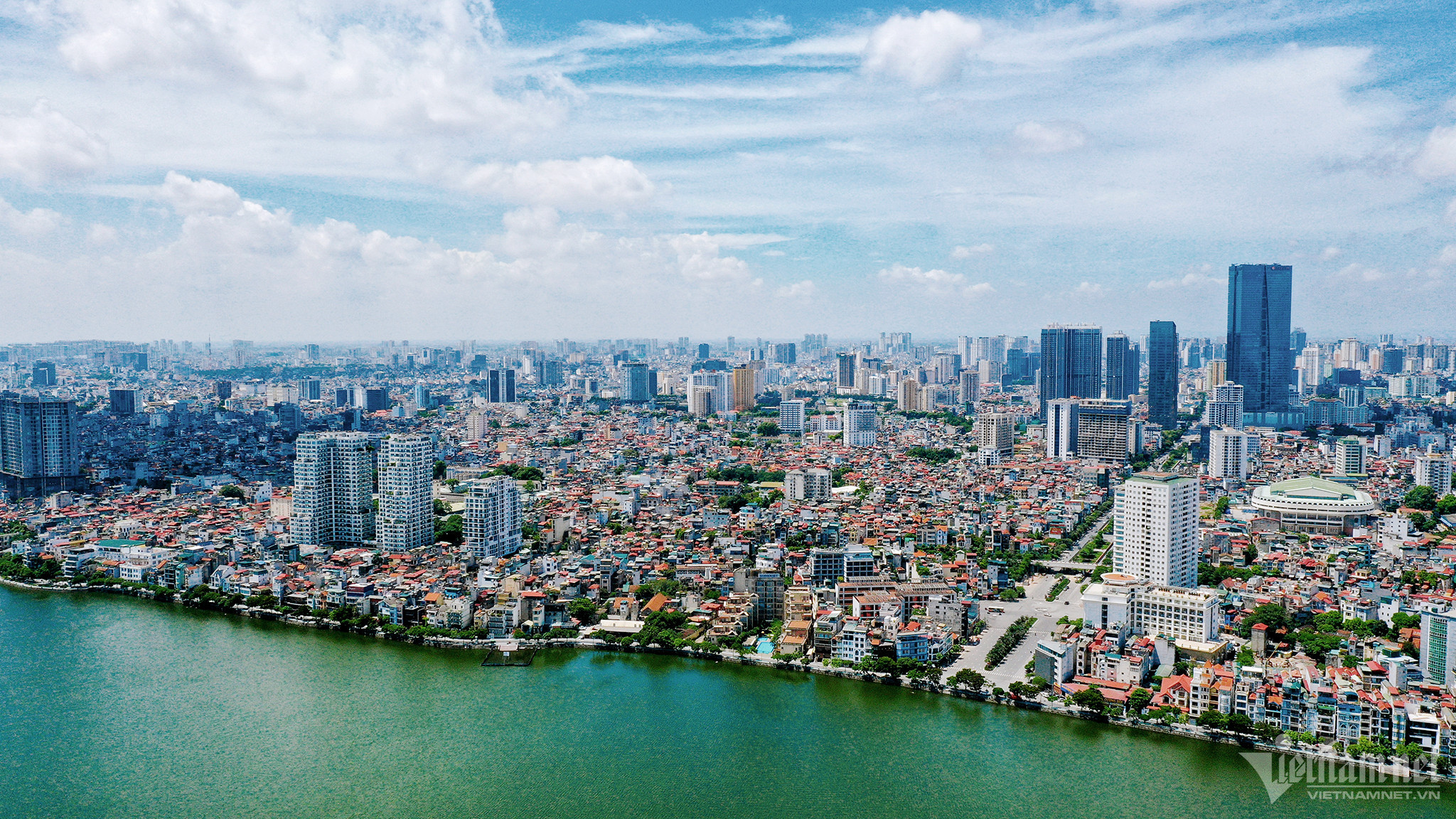
The documents of the 13th Party Congress say that Vietnam needs to continue to accelerate industrialization and modernization by focusing on science and technology, innovations and technological achievements of the fourth industrial revolution.
Industrialization and modernization have been the Communist Party's consistent policy in the process of building and developing the country, especially since doi moi (renovation), starting in 1986.
Many important policies and guidelines with the spirit of going towards industrialization and modernization to turn Vietnam into a country with developed industry, modern technological facilities, and reasonable economic structure.
However, Vietnam’s competitiveness and the capability of joining the regional and the global value chains remain modest, while supporting industries and domestic enterprises’ capability still cannot satisfy requirements to attract advanced technology industries and effectively promote linkages.
Vietnam ranks 105th out of 137 surveyed countries in the number of domestic suppliers and 116th in quality of domestic suppliers, lagging far behind other regional countries including Malaysia, Indonesia, Thailand and the Philippines.
The locally made content in products remains low, just 20-25 percent on average. The localization ratios are 40-45 percent in the textile and garment and footwear industries, 7-10 percent in the automobile industry and 15 percent in IT and electronic-telecommunication sectors.
A survey by the Japan External Trade Organization (JETRO) found that the localization ratios of Japanese-owned enterprises in Vietnam was just 36.3 percent in 2018, while the figures were 68 percent for China and 57 percent for Thailand.
Except for motorbike manufacturing which has a high locally made content rate, the supply of Vietnam-made components in other important industries such as automobile, electronics and hi-tech industries is limited.
Most domestic enterprises in supporting industries are third- or fourth-class vendors that mostly provide simple products and low-cost components and materials, such as package and simple accessories.
It is estimated that Vietnam has only 35 domestic enterprises which are first-class vendors for Samsung and 136 second-class vendors, a very small proportion of the total number of vendors.
UNIDO's Competitive Industrial Performance Index 2020 Report (CIP 2020) showed that in 2018, the value added index per capita of the manufacturing and processing industry at current prices in Vietnam was $394, equal to 22.8 percent of Thailand; 50.9 percent of Indonesia; 8.3 percent of Brunei; 15.9 percent of Malaysia; 57.9 percent of the Philippines and 3.6 percent of Singapore. The figure was only higher than Laos and Cambodia.
Vietnam’s added value per capita of its manufacturing and processing industry was at a relatively low position in the world’s ranking, 100th out of total 152 countries, while Singapore ranked third, Malaysia 40th, Thailand 49th and Indonesia 72nd.
Vu Lam